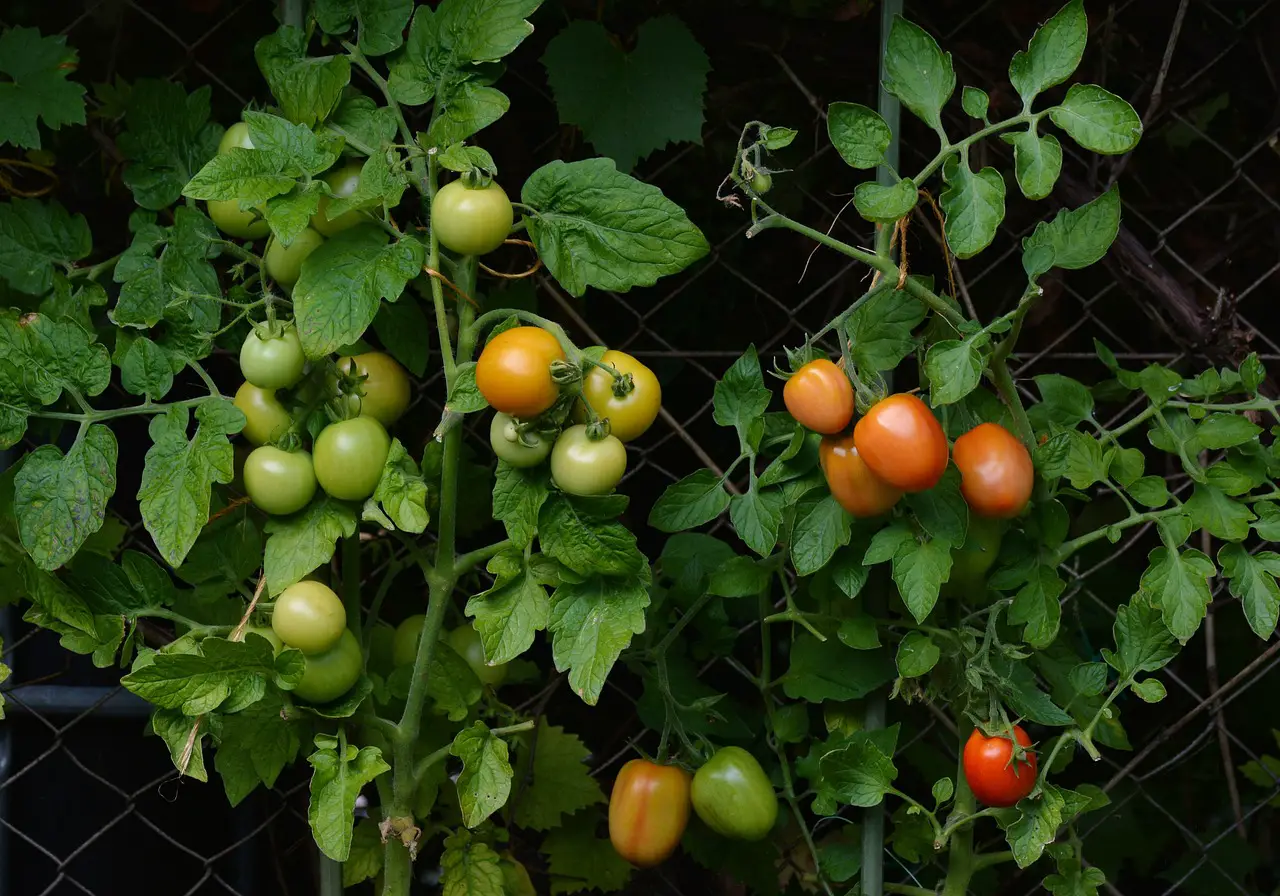What Are Companion Plants – Benefits – The 15 Best Tomato Companion Plants – Bad Tomato Companions – Pest Control – Tomatoes And Flowers
When you are growing tomatoes at home, you might be thinking about pairing it with some other plants to get the most out of the land you have available. But it should be known that there are some plants which are better than others. It’s all about balancing the needs of the different plants with each other.
Below we will share our list of what we did to be great companion plants with tomato plants. We want varieties that don’t compete with each other. That will great a good balance and harmony in the area you are growing in.
What Are Companion Plants
Companion plants can be described as plants which can be grown together without them starting to negatively impact each other. It could be that the roots of one plant start leaking into and taking over the space of another.
In time this will create a lot of stress for one of the plants, but it also creates a winner and a loser. The goal with companion plants is to basically have two winners instead whilst also making the most of the soil and land available for using.
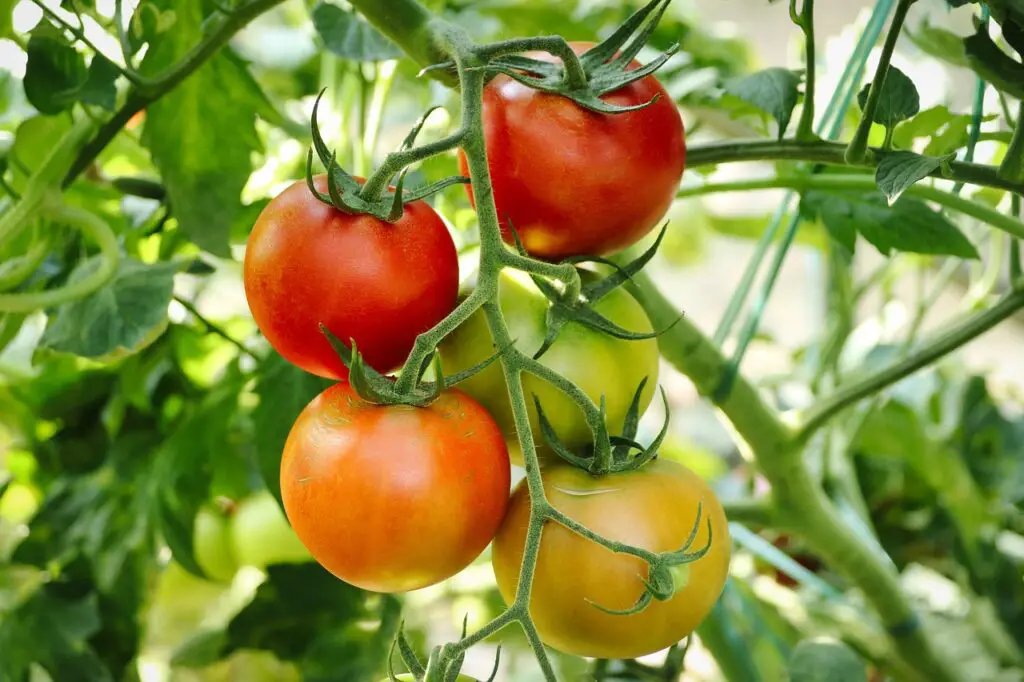
Benefits Of Companion Plants
Besides having the plants able to grow next to each other it is also possible for the plants to help each other in making the most. One plant might take more of one nutrient while the other plant takes another. This creates a soil with a life cycle and also means it won’t be imbalanced either.
Sometimes it can even help in increasing the harvest of tomato plants for example. A healthier plant is able to produce more fruit, or even encouraged to do so when it has a great environment to grow in.
The 15 Best Tomato Companion Plants
Let’s look at some of the best companion plants to grow with tomato plants. We have come up with this list after many years of growing and cultivating tomato plants.
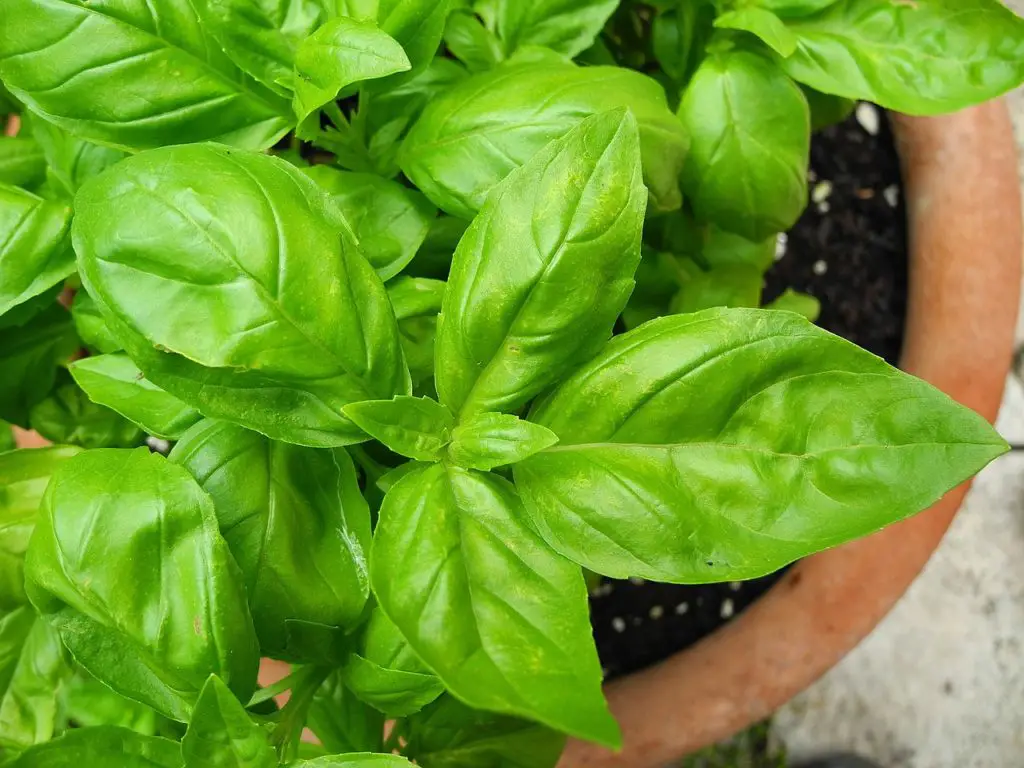
Basil
Often what tastes great together are also great companion plants. This is especially true for the basil plant. This herb is a great match as it can help with repelling insects that might otherwise harm your tomato plant.
It’s also easy to grow and likes much of the same conditions as the tomato plant, a well drained soil where there is plenty of warmth and nutrition as well.
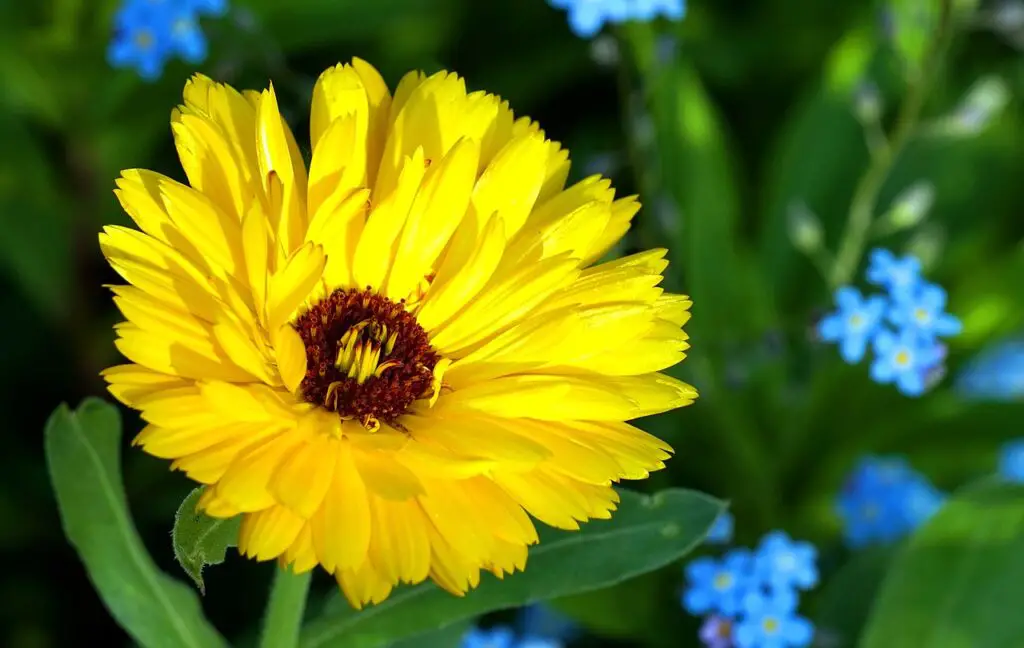
Marigold
The marigold plant has some pretty secret advantages to growing it next to a tomato plant. The plant has been discovered to help prevent root-knot nematodes from the plants it is next to. It’s basically a parasite that feeds on the tomato plant and the marigold is able to dispel it.
In the long term this means that you will have a healthier tomato plant able to grow more flowers which turns into tomatoes. But marigold are also really easy to care for. They won’t require more attention then watering about once a week or so at most.
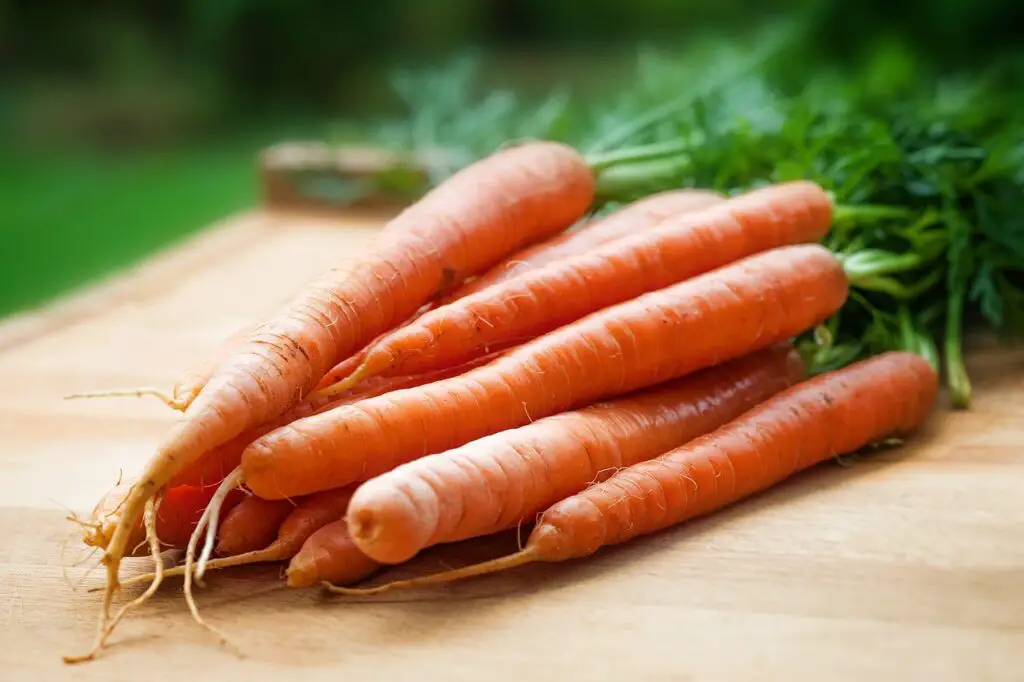
Carrots
Carrots are not only a very tasty root vegetable, they are also a great companion plant and match for tomatoes. The benefit of them is that they help loosen up the soil, naturally down by the way they are growing.
This helps bring more air and oxygen into the soil which in turn creates a healthier root system for the tomato plant.
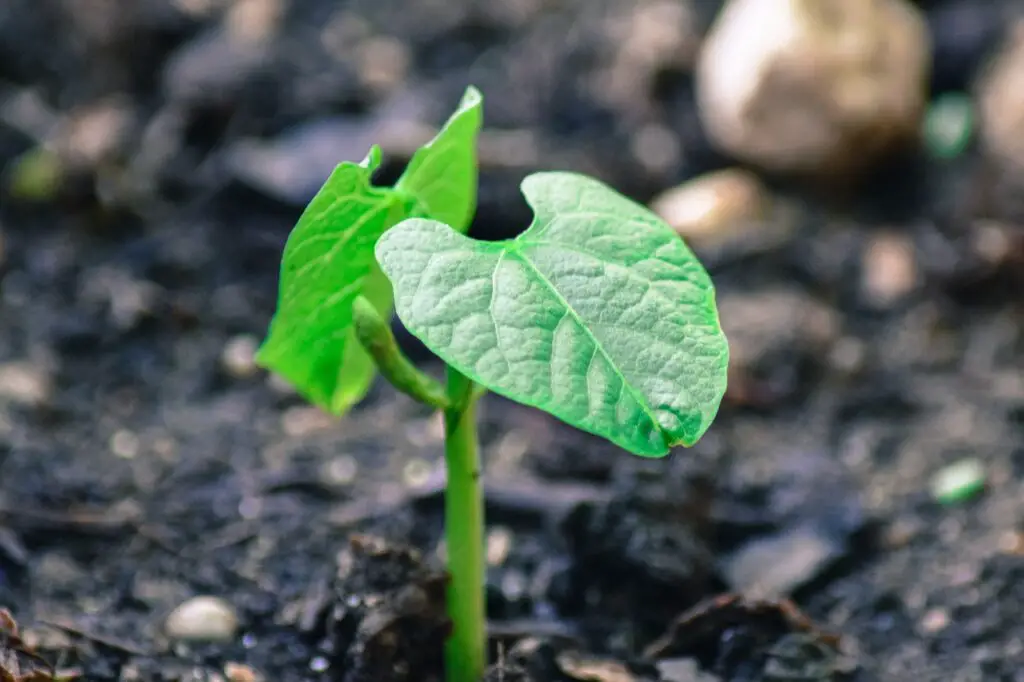
Beans
When we say that beans are a great companion with tomato plants we really mean it. It has the unusually effect of increase air circulation around the bottom of the tomato plant.
This is very important as it helps prevent the development of diseases and pests. If there is not a good air circulation then it could create humid places that attract spores. This could greatly decrease the health of the plant if left unchecked. Best part is that beans are really easy to care for and also helps attract more pollinators like bees.
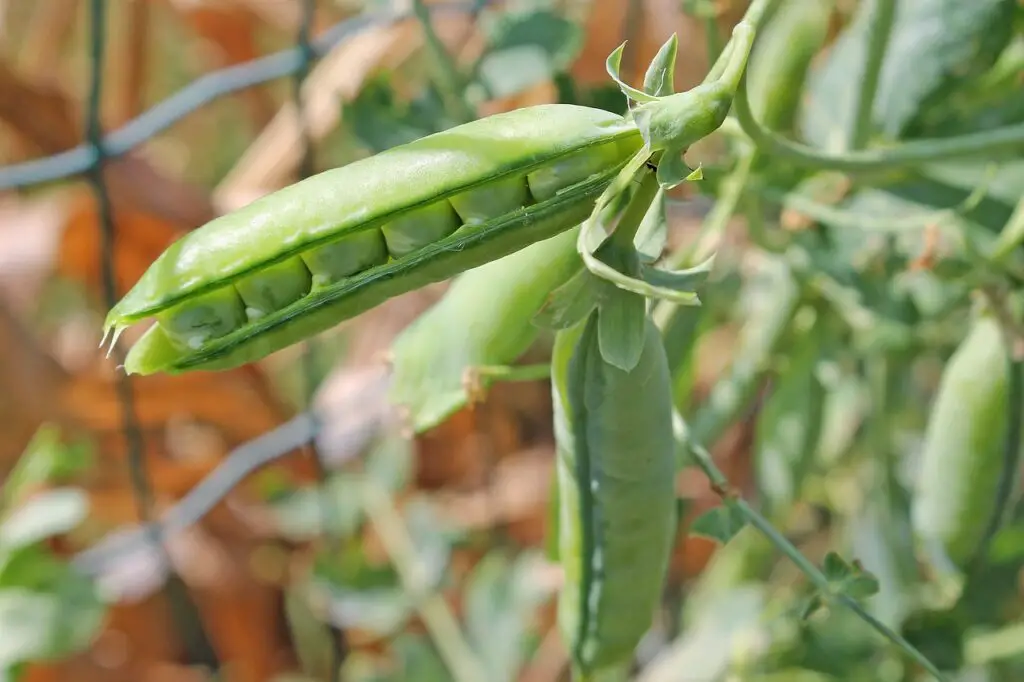
Peas
Peas actually have much of the same effect as the beans we mentioned above here. You could grow any variety that you like really. The one we have been using though is green peas. It’s a sturdy plant that doesn’t need too much attention and care.
The pea plant helps with increased air circulation around the plants. It makes for a more hostile environment for spores and diseases to grow in. Which is incredibly beneficial for the tomato plant in the long term.
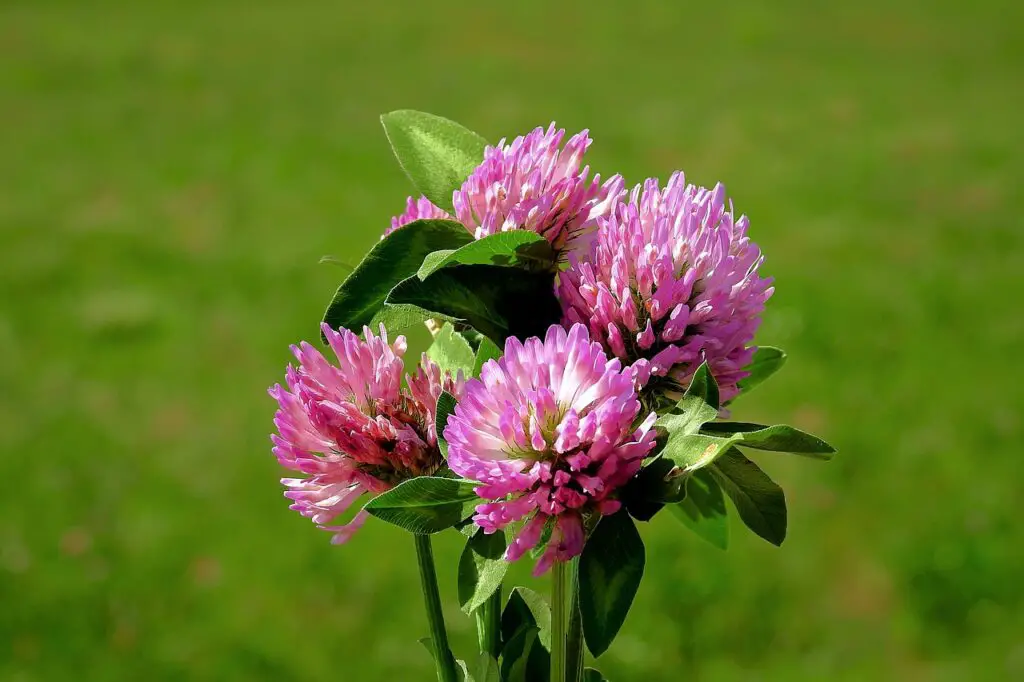
Clovers
Using clovers on large amounts of land to increase the level of nitrogen in the soil has been a popular use for the plant. We can do the same using it as a companion plant to the tomato.
More nitrogen creates a better and healthier environment for the roots to grow in. This has some really great long term benefits too. It makes the plant have a better immune system and less likely to get disease. Clovers also have the added benefit of attracting a lot of pollinators too.
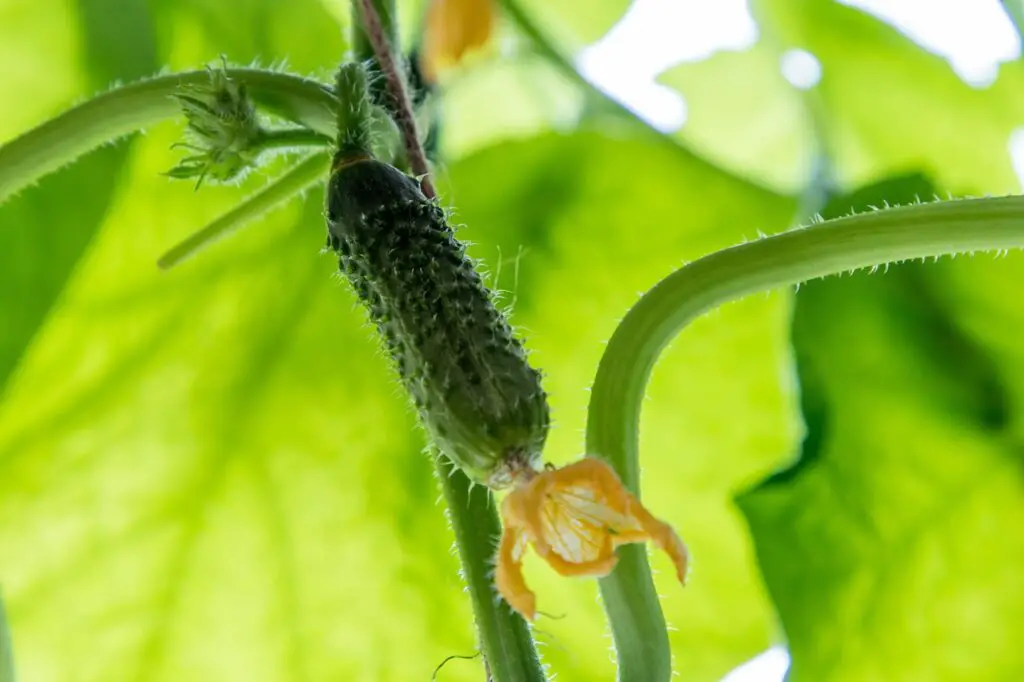
Cucumbers
Like previously here, what tastes good together often grows good together too. The cucumber plant can help with making it harder for weeds to start growing in the soil. The large leaves help prevent sunlight from reaching the top soil. This makes it less likely you see weeds growing which could take nutrition and space from the tomato plant otherwise.
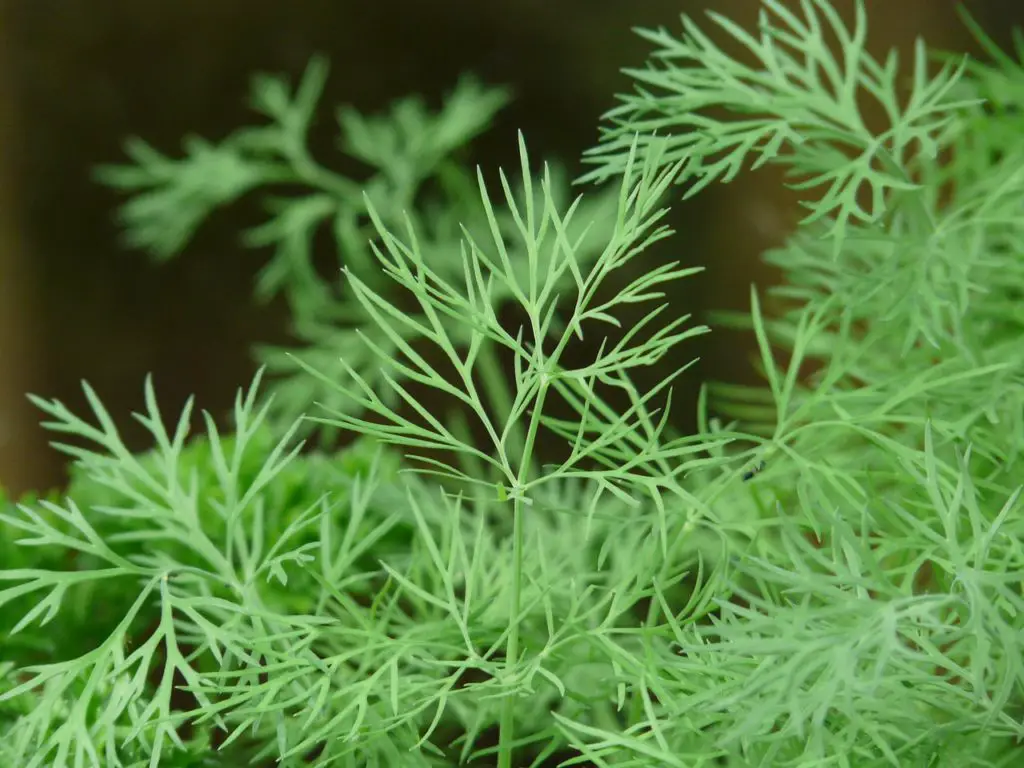
Dill
Dill is a very hardy plant which can manage through both drought and warmth. But it also grows very well together with tomatoes. It doesn’t expand too much and sort of stays in its own lane when growing. This creates less competition. But it can also help with detering some bugs and insects that might otherwise start eating from the leaves of the tomato plant.
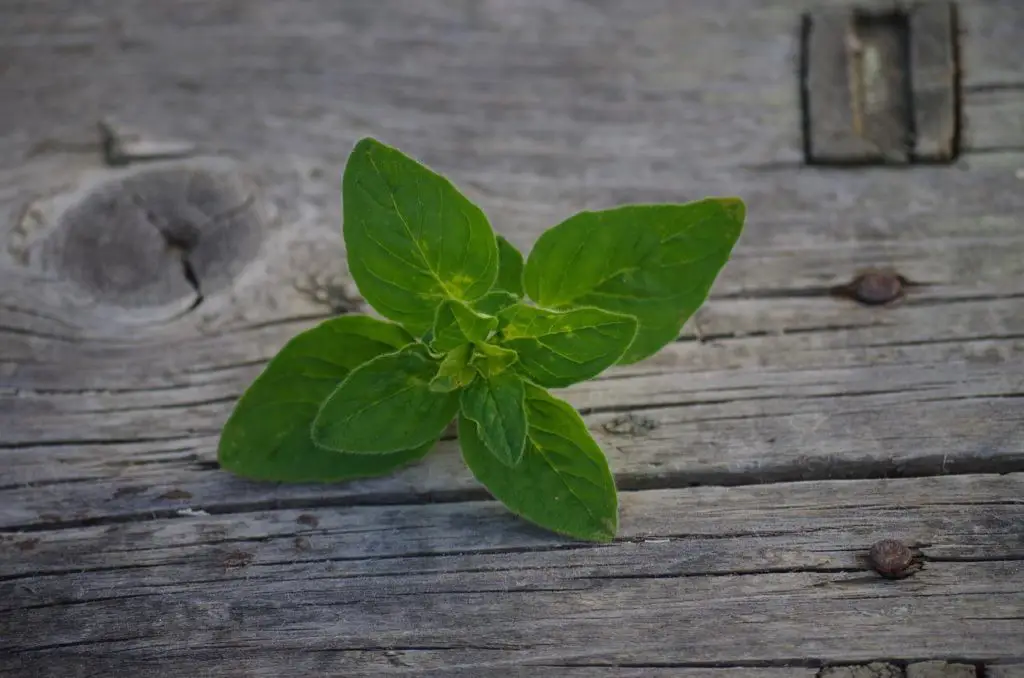
Oregano
Oregano and tomato might be one of the combos after basil of course. The same goes for growing them together. The oregano plant grows like a small bush and won’t interact too much with your tomato plant and cause any competition or stress to it.
But it has the added benefit of repelling harmful pests and insects from the nearby area. This lowers the risk that you see spores or molds starting to grow on your tomato plant.
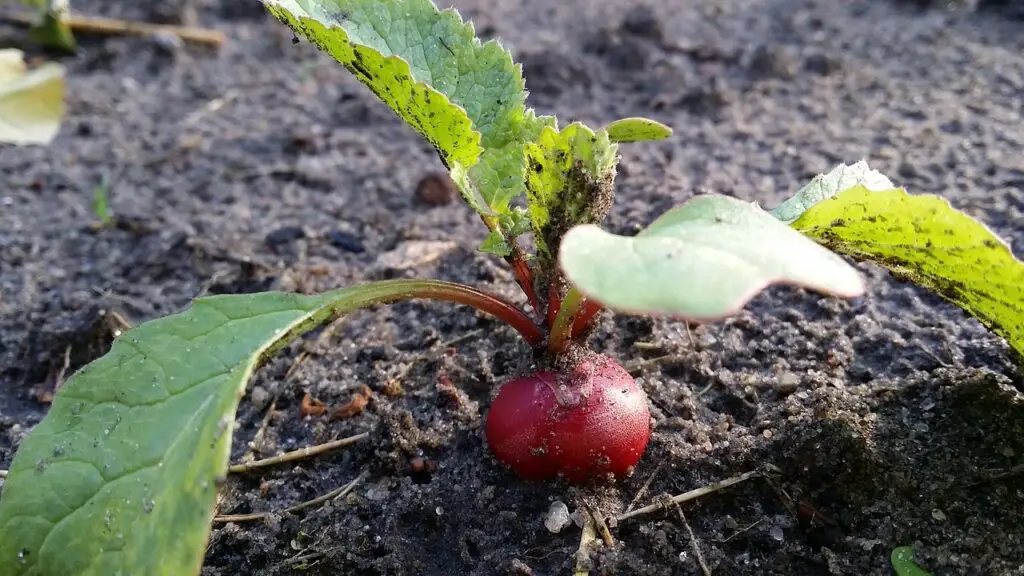
Radish
This is perhaps not grown to be eaten. Instead we plant radishes next to tomato plants to make flea beetles attack the radishes instead of the tomato plant. We are bascially safricignt the harvest of radishes for tomatoes instead. A worthwhile one we think since radishes are both inexpensive to grow and also does not require a lot of care and attention.
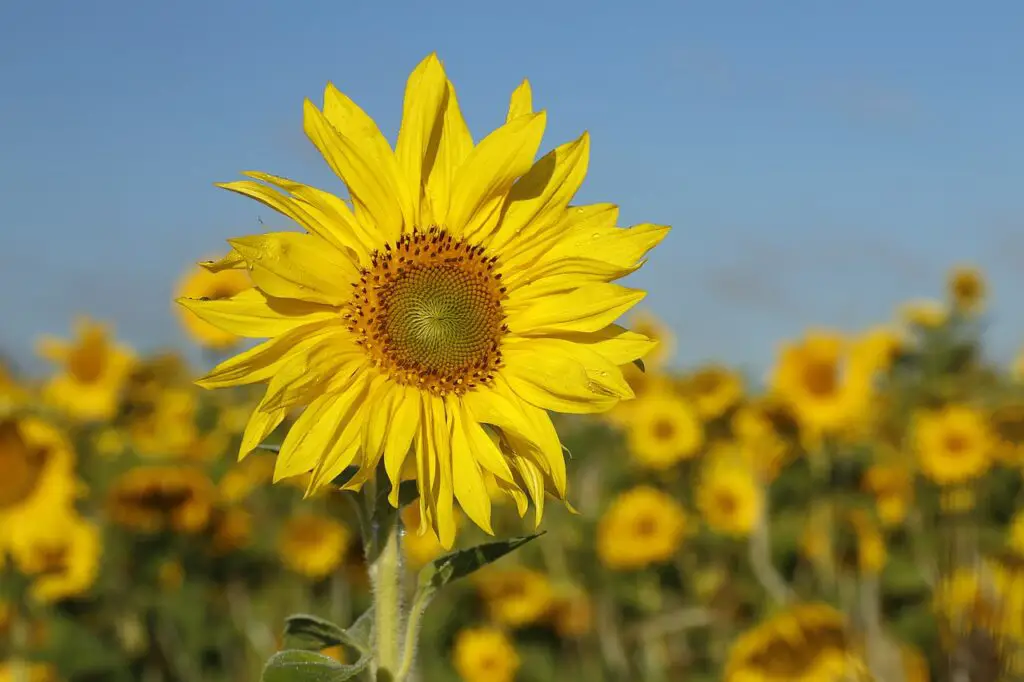
Sunflower
Not just for the beautiful aesthetics it provides, but also for the fact sunflowers are very good at attracting pollinators to the area. This will greatly help your tomato plant be able to develop fruits that you can harvest eventually.
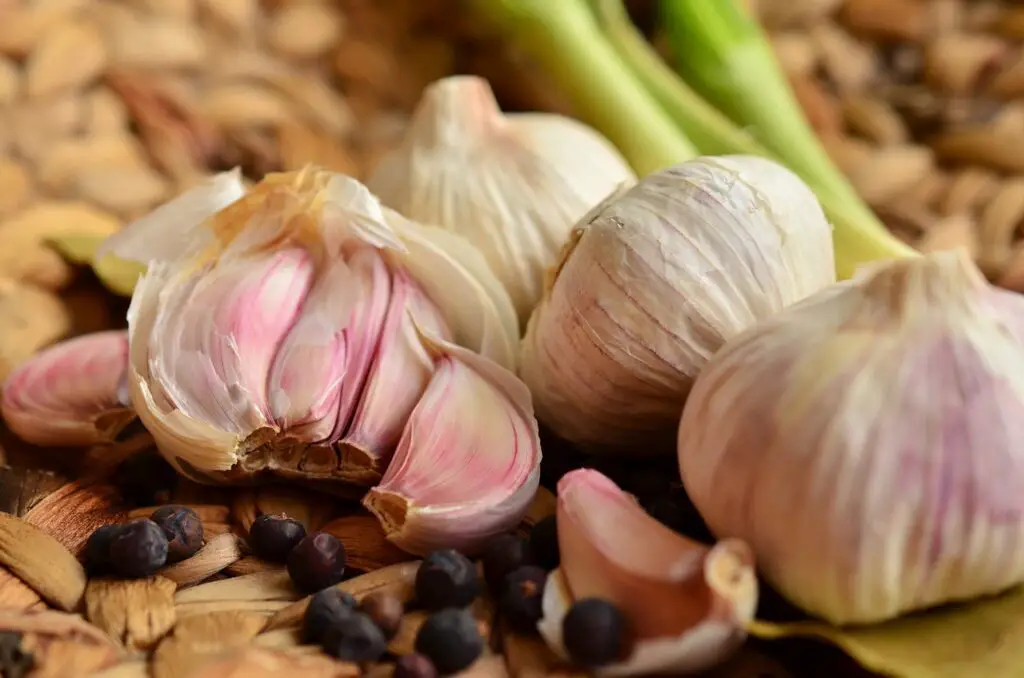
Garlic
Garlic and tomatoes are also a very classic combination, in the kitchen but also in the garden it seems. The smell of garlic, or any onion for that matter will help repel insects from the area. This makes it a lot easier for the tomato plant to grow on its own without the risk of getting attacked.
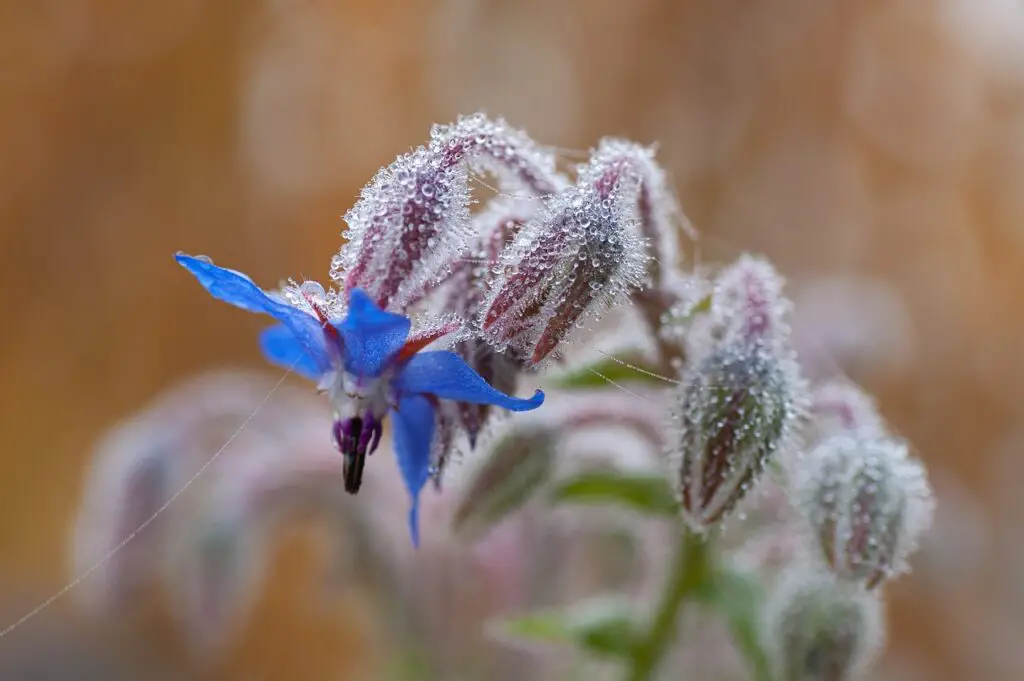
Borage
The borage plant is known to be very easy to care for. But it has a lot of flowers and pollen for the small space that it takes up. This makes the area a haven for pollinators like bees. It further helps your tomato plant as the flowers will have a greater chance of getting pollinated and developing fruits.
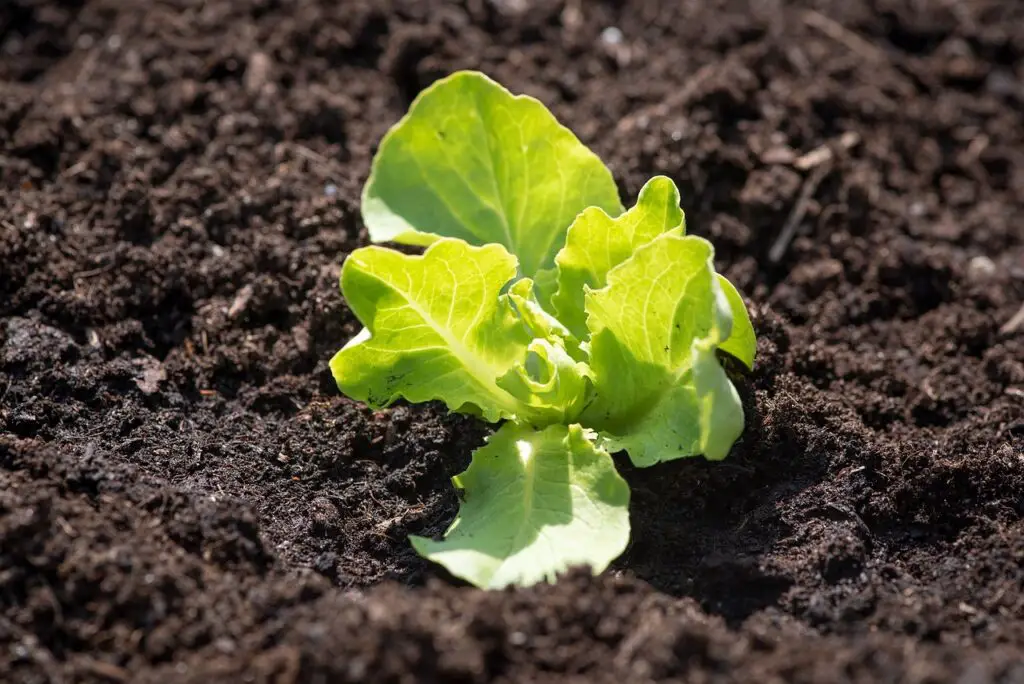
Lettuce
Lettuce plants are not that great to grow in direct or too much sunlight. That’s why they are a great option next to tomato plants. The leaves will help make for a shadier topsoil where the lettuces are growing. Lettuce plants are also not that competitive and won’t steal nutrition from its neighbors.

Chives
Chives have a pretty strong smell to them that makes them a great companion option as they will help prevent insects from getting anywhere close to your tomato plant. It reduces the risk of disease and pests beginning to appear as well.
Bad Tomato Companion Plants
There are bad companion plants out there too. It’s worth knowing what they are as they could otherwise really damage your tomato plant and cause unnecessary stress to yourself.
Cabbage
Cabbage plants take up a lot of space and will make it very difficult for your tomato plants neirby to grow and flourish. Instead you should completely avoid growing cabbage anywhere near other plants too. Leave them in their own spot to grow.
Corn
The corn plant has a disease that can be quite common. It shares that same disease with the tomato plant. So the argument is that you are doubling the risk of it appearing in your garden. It could cause irreversible damage to other plants nearby.
Potatoes
Potatoes are very demanding in the space that they are in. It’s often best to simply leave an area dedicated to growing potatoes. Otherwise you might run into risks where the root system of the tomato plant gets damaged.
Fennel
There is a substance in the roots of the fennel that actually makes the growth of tomato plants slow down. So it seems pretty obvious to keep these two as far away from each other as possible.
Peppers
Since pepper plants are susceptible to blight which can have devastating impacts on tomato plants, it seems unnecessary to invite this danger into your garden at all.

Companion Planting For Pest Control
There are many different plants out there with their own unique positives. As for preventing pests we like to use beans and peas. It helps create air ciruclation which makes for less humid places where molds and pests can otherwise grow quite freely.
Planting Tomatoes And Flowers Together
Flowers and tomatoes are great together. The flowers help attract pollinators such as bees. Since they are in the proximity of the tomato platns they will also help pollinate it. Without pollinators we cant get any tomatoes to start growing.
